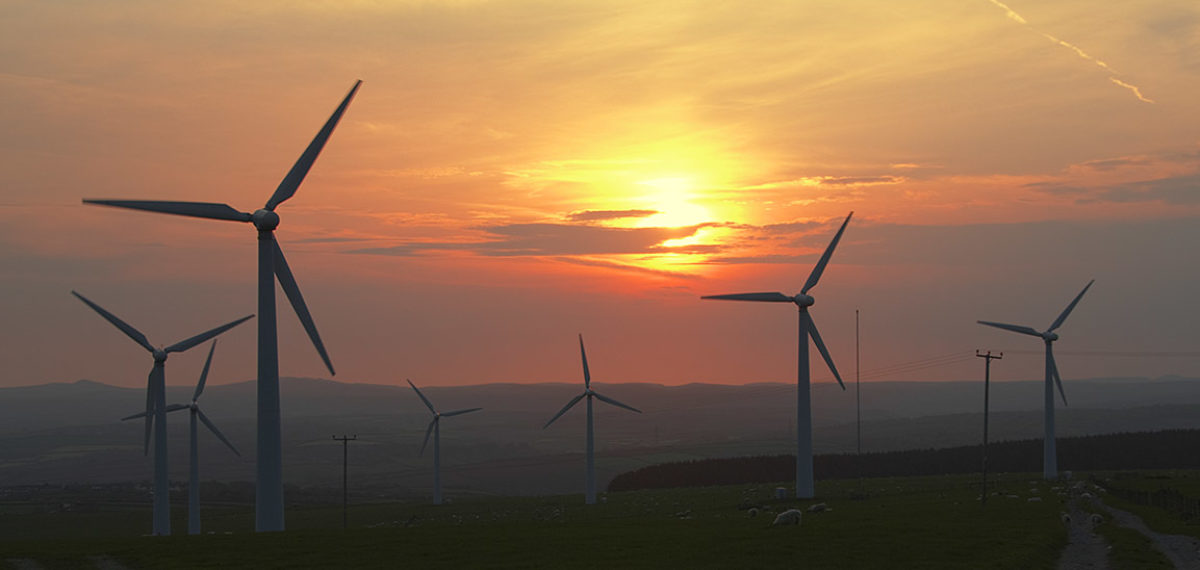Transport accounts for over a quarter of energy consumed in the UK. The large bulk of that is motor vehicles, and on the European continent at least there’s a big movement for car free cities. However, while we’ve still got road vehicles, here’s some discussion, especially about opportunities for electric cars.
Powering road vehicles
The lowest carbon transport mode is cycling – followed by walking (interestingly not the other way around), but assuming that a lot of us are still going to use motor vehicles, a rapid shift to electric vehicles is essential.
There’s various columnists for newspapers trying to pick holes in electric cars versus petrol or diesel, but independent analysis says that petroleum cars will, in the UK, produce at least three times as much carbon dioxide compared to electric cars on a life cycle basis. And the advantage of electric cars will increase as time goes on since 1) the remaining secondary emissions resulting from battery manufacture decline as batteries become more efficient, 2) the UK energy portfolio which powers manufacturing becomes lower carbon all the time.
See the comparison between electric and other cars produced by Carbon Brief at https://www.carbonbrief.org/factcheck-how-electric-vehicles-help-to-tackle-climate-change
Electric vehicles are becoming cheaper, longer range and easier to charge all the time. The latest models have ranges over 200 miles, see https://www.edfenergy.com/electric-cars/longest-range
For a cheaper model you can get a Nissan Leaf or Renault Zoe with a 200 + mile range. Meanwhile charging times are plummeting. The latest superfast chargers, at 350 kW, being installed will give you 100 miles range in 4 minutes!
Companies like GRIDSERVE are encouraging businesses to directly charge electric cars with solar arrays. See this video at https://www.gridserve.com/electric-vehicle-charging
Although there have been a lot of sales of ‘hybrid’ (PHEV) electric cars, policymakers’ faith in these as a good alternative to fully electric cars is declining. This is because in practice the PHEVs may not be used as they should be, that is using electricity as the prime fuel source, but rather that the vehicles are run on petroleum a lot of the time. Of course, ultimately, they will still use a lot of petroleum!
Fully Charged!
Of course if you want lots of entertainment as well as loads of material on electric vehicles, move directly to the Fully Charged Show. This is headed by Robert Llewellen who is probably best known for playing Kryton in Red Dwarf. I (David Toke speaking) like listening to him talk about virtually anything of course, but hearing him discussing cars, batteries etc is a great thrill!
Hydrogen versus electric
There is a contest between electric and hydrogen (H2) powered vehicles to provide 100 per cent renewable powered road vehicles. Electric powered vehicles, however, have gained a massive lead, with H2 powered vehicles being much less common compared to electric ones. However you can see some H2 powered buses trundling around some streets (Aberdeen in particular). See http://www.h2aberdeen.com/home/H2-Aberdeen-hydrogen-bus.aspx In the H2 system, the H2 is used in fuel cells to power the vehicles. The (relative) ease of fuelling via electric charging partly accounts for the growth in electric versus H2 vehicles. There is a debate about which mode uses renewable energy most efficiently.
Again, as mirrored in the discussion of hydrogen compared to direct electricity from renewables more generally (see hydrogen page on this website), electrically powered cars seem to easily win the day. This is simply because there are considerable losses in the H2 energy cycle. About 20 per cent of energy is lost through electrolysing water (with renewable-sourced electricity) to produce the H2, and after that a further 50 per cent of the remaining energy is lost because fuel cells are around 50 per cent efficient in turning the energy input into motive power output. This reduces the energy efficiency of the fuel cell to around 40 per cent, less than half of the electric vehicle. Different weights of the systems may alter the picture, but it does seem that electric vehicles will use renewable energy with substantially greater efficiency compared to H2 powered vehicles.
It may be that H2 powered vehicles will be more competitive with the heaviest vehicles, but even that remains to be seen. Even the electric-sceptical ‘Top Gear’ are talking about electric lorries. See https://www.topgear.com/car-news/electric/fully-electric-lorry-has-644bhp-and-250-mile-range
Expansion of electric car numbers
Overall, the number of electric vehicles is expanding rapidly, with Norway being a leader. There nearly half of new cars bought are electric ones. See https://www.reuters.com/article/us-autos-electric-norway/electric-cars-grab-44-market-share-in-norway-in-january-idUSKBN1ZX27U
